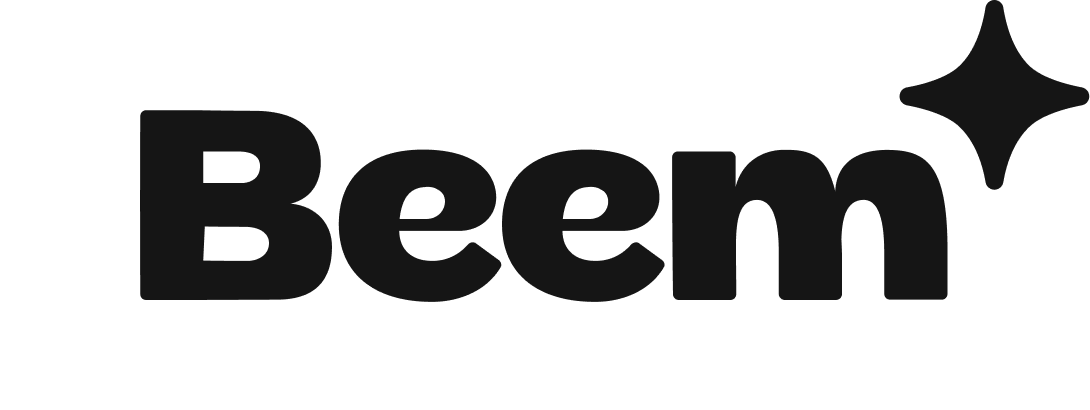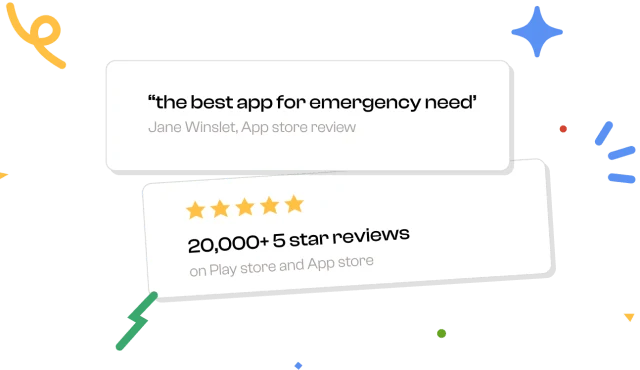Introduction
When you want to secure your future financially, saving your funds and planning for the future is important, where High-Yield Savings Accounts (HYSA) play a big role. This account type accelerates your money’s growth by offering more interest than regular accounts. If you’ve managed to save $10,000 and are looking to maximize its potential, you might wonder how much it can grow in a HYSA.
In this blog, let’s look at how your $10,000 investment can flourish in a high-yield savings account. Let’s explore the possibilities and understand the impact of HYSAs on your savings journey.
People Also Read – Does Chase Have A High-Yield Savings Account?
What is a High-Yield Savings Account?
A high-yield savings account is a kind of savings account that gives a much better interest rate compared to regular accounts. It’s meant to help people grow their money faster, usually offering good interest rates that are regularly added to your savings. You can find these accounts with online banks or financial institutions, which often have few fees. Even though they give better returns, you can still easily take out your money when needed. In simple terms, high-yield savings accounts are a good choice for people who want both easy access and more earnings on their savings.
What to Look For in a High-Yield Savings Account?
Choosing the right high-yield savings account involves carefully considering several factors:
- Interest Rate: Pay attention to the current interest rate and whether it’s standard or promotional. Be aware that rates can change, and some accounts may offer promotional rates for a limited time.
- Required Initial Deposit: Determine the minimum amount needed to open the account and whether it aligns with your financial capacity.
- Minimum Balance Required: Take note of the minimum balance required to avoid fees. Falling below this threshold may result in charges that could offset the interest earnings.
- Fees: Check for any fees associated with the account.
- Links to Other Banks and/or Brokerage Accounts: Investigate whether the bank is linking with other accounts and if there are any restrictions or waiting periods.
- Accessing Your Money: Understand the options for withdrawing funds, including whether the account comes with an ATM.
- Deposit Options: If you plan to deposit checks, check if the bank offers a smartphone app for mobile check deposits or alternative methods like ATM or mail-in deposits.
- Compounding Method: Know how often the bank compounds interest – daily, monthly, quarterly, semiannually, or annually. More frequent compounding can enhance your overall yield.
How Much You Make By Depositing $10,000 Into a High-Yield Savings Account?
Investing $10,000 in a high-yield savings account can yield significant returns, and the impact varies with the interest rate. For example, with an annual percentage yield (APY) of 4.50%, your account could grow to $10,450 after one year.
This shows how a high-yield account can boost your savings compared to regular ones. Remember, interest rates can change, so it’s good to watch them. High-yield savings accounts are a smart choice if you want to make more money on your savings with their competitive interest rates.
Earn Even More With Compound Interest
The calculations illustrate the interest earned over one year by maintaining a $10,000 deposit with an interest rate of 4.50%. However, the magic of compound interest allows your money to grow even more over time. Compound interest essentially means earning interest on your interest. Let’s explore the potential growth over one to five years:
| Year | Starting Balance | Interest Rate (%) | Interest Earned | Ending Balance |
| 1 | $10,000 | 4.50% | $450 | $10,450 |
| 2 | $10,450 | 4.50% | $470.25 | $10,920.25 |
| 3 | $10,920.25 | 4.50% | $491.41 | $11,411.66 |
| 4 | $11,411.66 | 4.50% | $513.52 | $11,925.18 |
| 5 | $11,925.18 | 4.50% | $536.63 | $12,461.81 |
How Can I Find the Best High-Yield Savings Account?
Comparing high-yield savings accounts is crucial to finding the one that suits you best. Top options often include online banks like Ally Bank, Quontic Bank, and Marcus by Goldman Sachs. Generally, online banks offer higher yields and are less likely to impose monthly maintenance fees on savings and checking accounts.
Considerations and Risks
High-yield savings accounts are great for keeping your money safe and earning extra cash. It may also include some considerations and risks, which are:
Considerations
- Liquidity: High-yield savings accounts provide easier access to your money than some other investments, making them ideal for emergency funds.
- Variable APYs: These accounts often experience increased rates when the Federal Reserve raises rates.
- FDIC/NCUSIF Protection: Your money is protected in federally insured institutions within specified limits and guidelines.
Risks
- Falling Rates: A fixed-rate CD might be a better option in a declining rate environment, as savings account rates could decrease over time.
- Higher Earning Alternatives: While savings accounts offer safety, some riskier investments may provide higher returns.
- Withdrawal Limits: Remember that some accounts may limit withdrawals or transfers to just six per month.
Wrap-Up
In wrap-up, high-yield savings accounts offer higher interest rates on your savings money than regular ones. Whether you’re dealing with a money amount as substantial as $10,000, choosing a high-yield savings account ensures your funds grow more rapidly. It only requires some research to identify the right account that offers optimal rates and terms aligned with your needs. By following this approach, you can maximize the interest earned on your savings amount
FAQs
Are high-yield savings accounts risk-free?
High-yield savings accounts are generally low-risk, as they’re federally insured. However, they may not provide as high returns as riskier investments like stocks. It’s important to balance the safety of these accounts with the potential for higher gains from other investments.
Is it Possible to Withdraw Money from a High-Yield Savings Account?
Absolutely. Customers in consumer banking have the flexibility to withdraw or transfer funds from a high-yield savings account. Most accounts allow a certain number of free withdrawals or transfers each month, but it’s wise to check with your bank for any specific limitations or fees.
How can I find the best high-yield savings account?
To find the best high-yield savings account, compare options from various banks. Look for accounts with high-interest rates, and low fees, and convenient access options. Online banks often offer better rates and fewer fees than traditional banks.






























